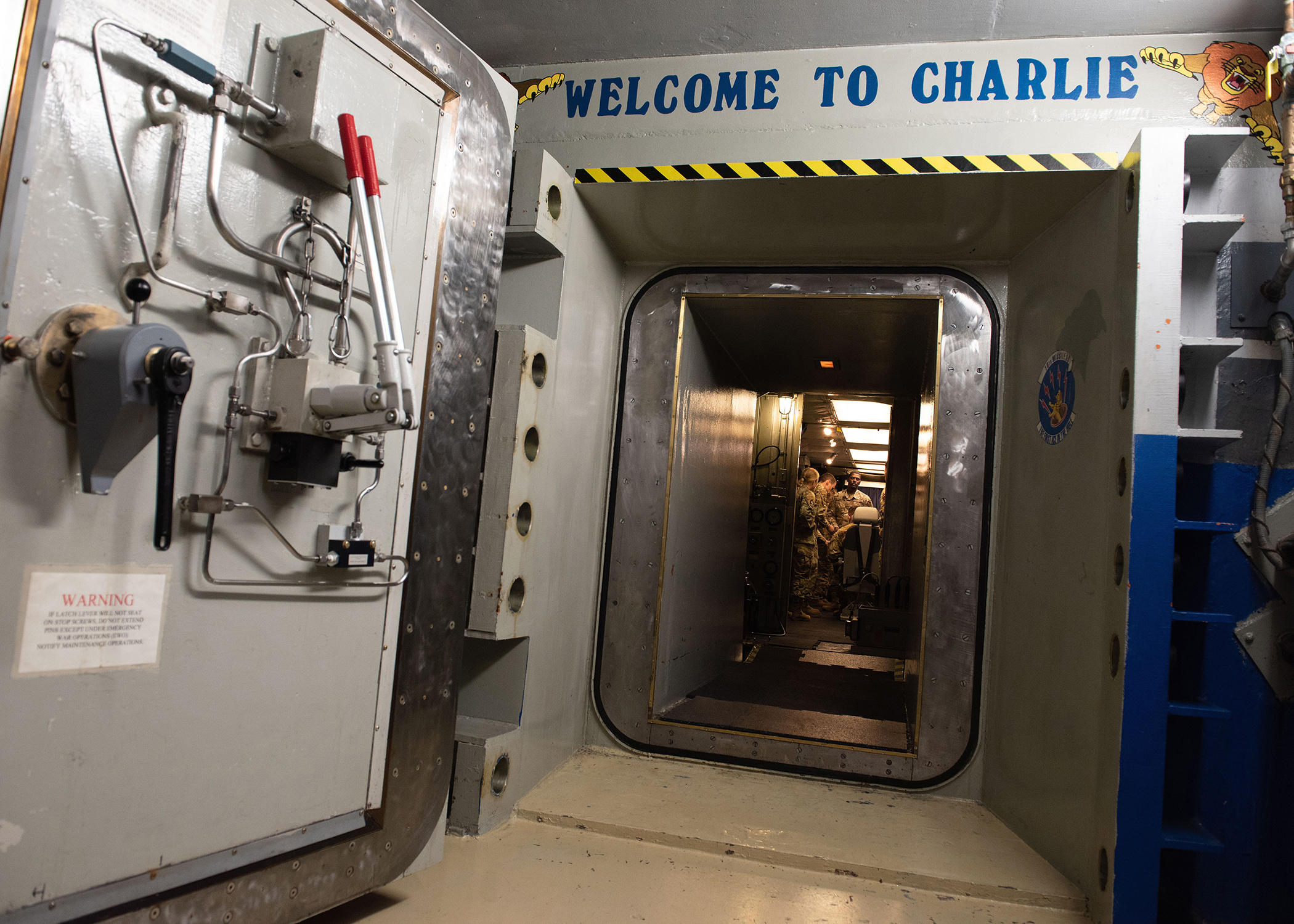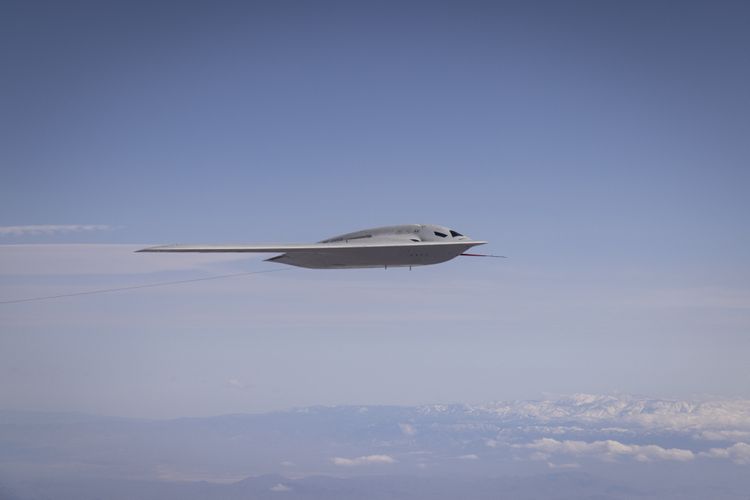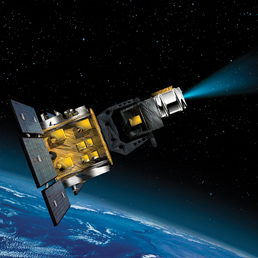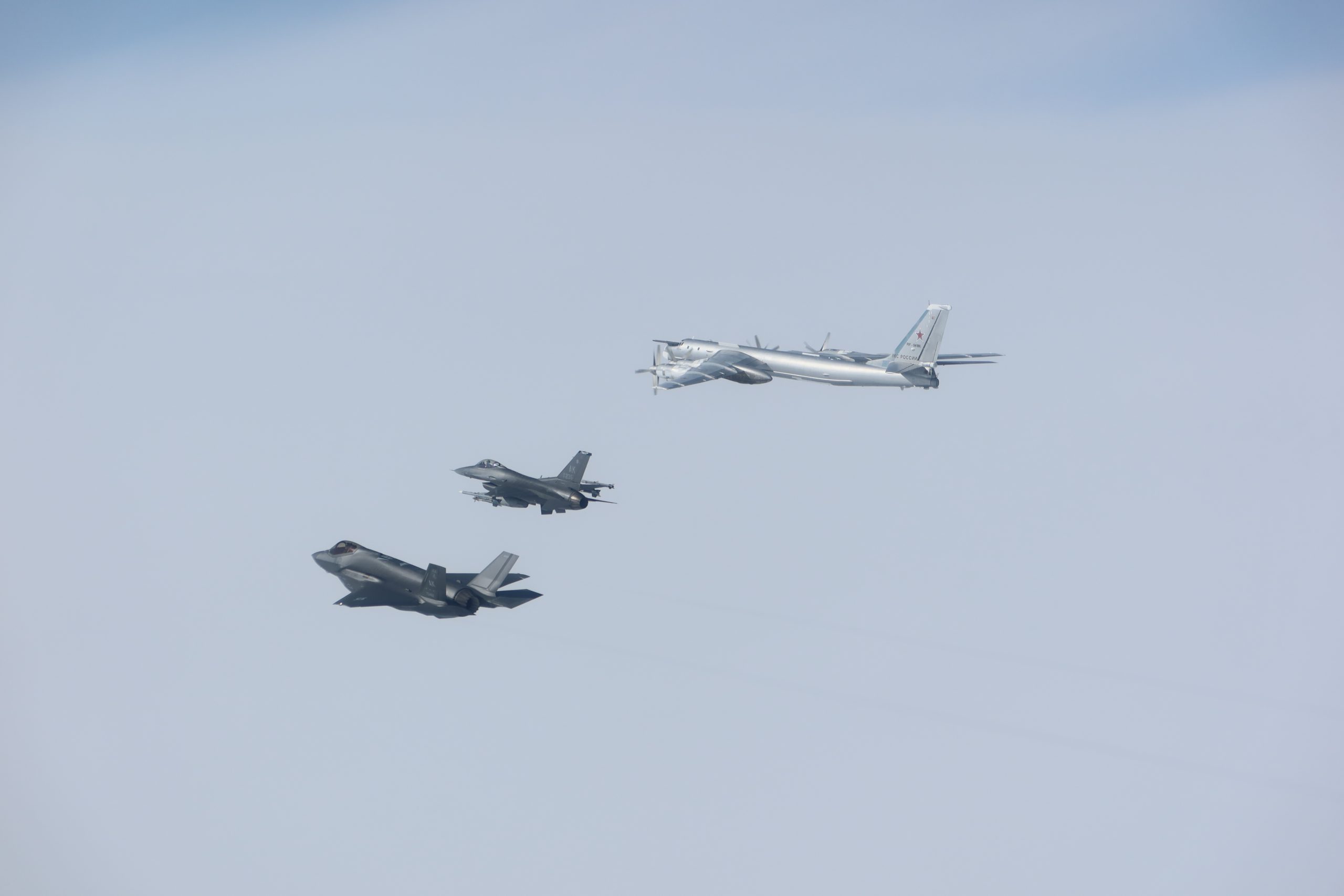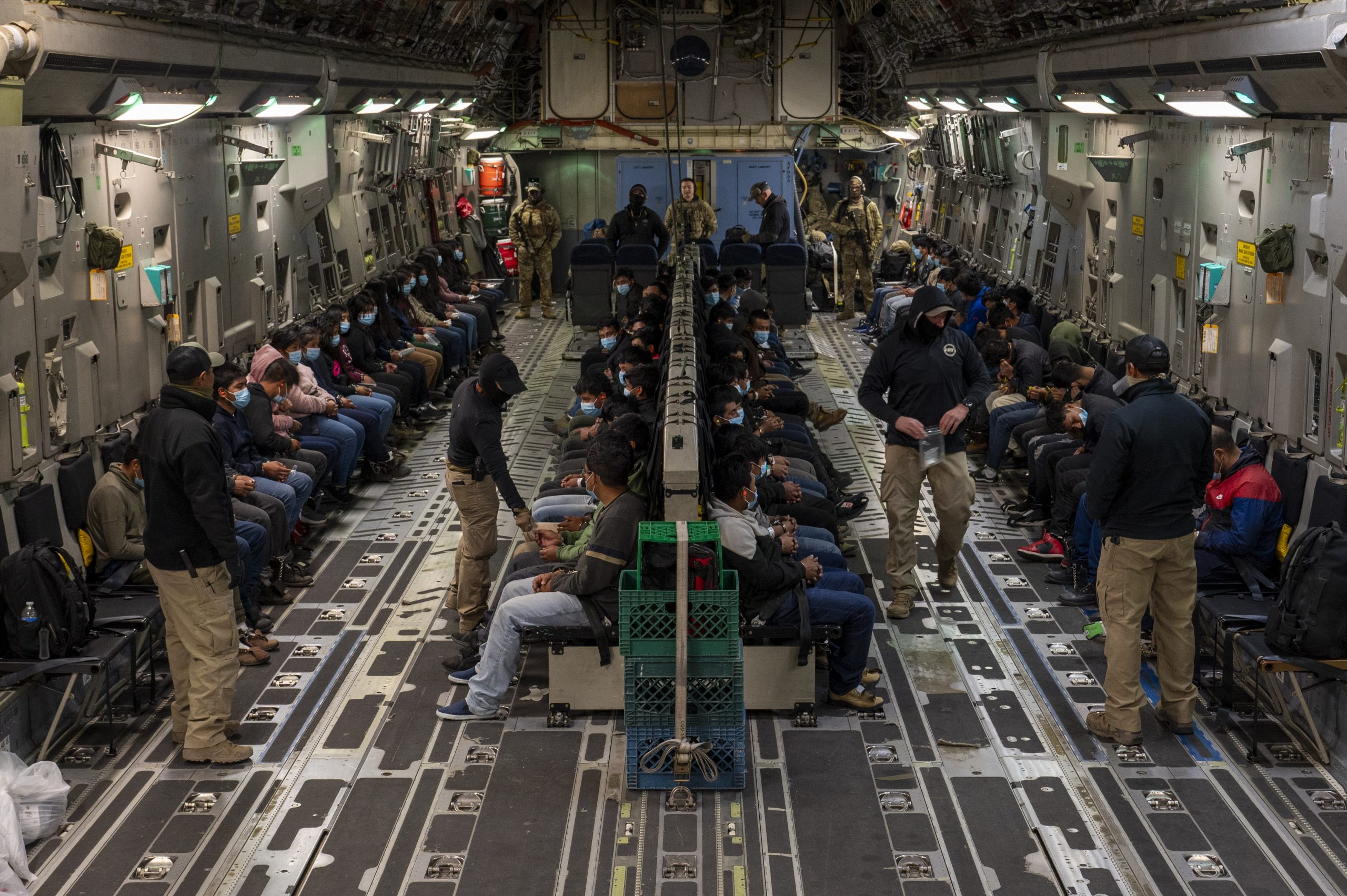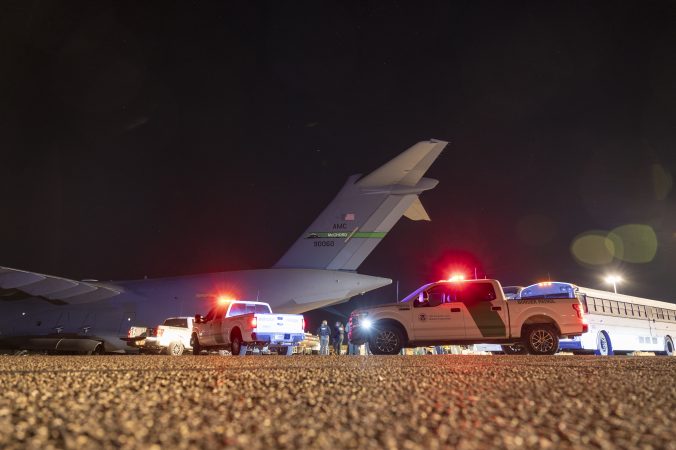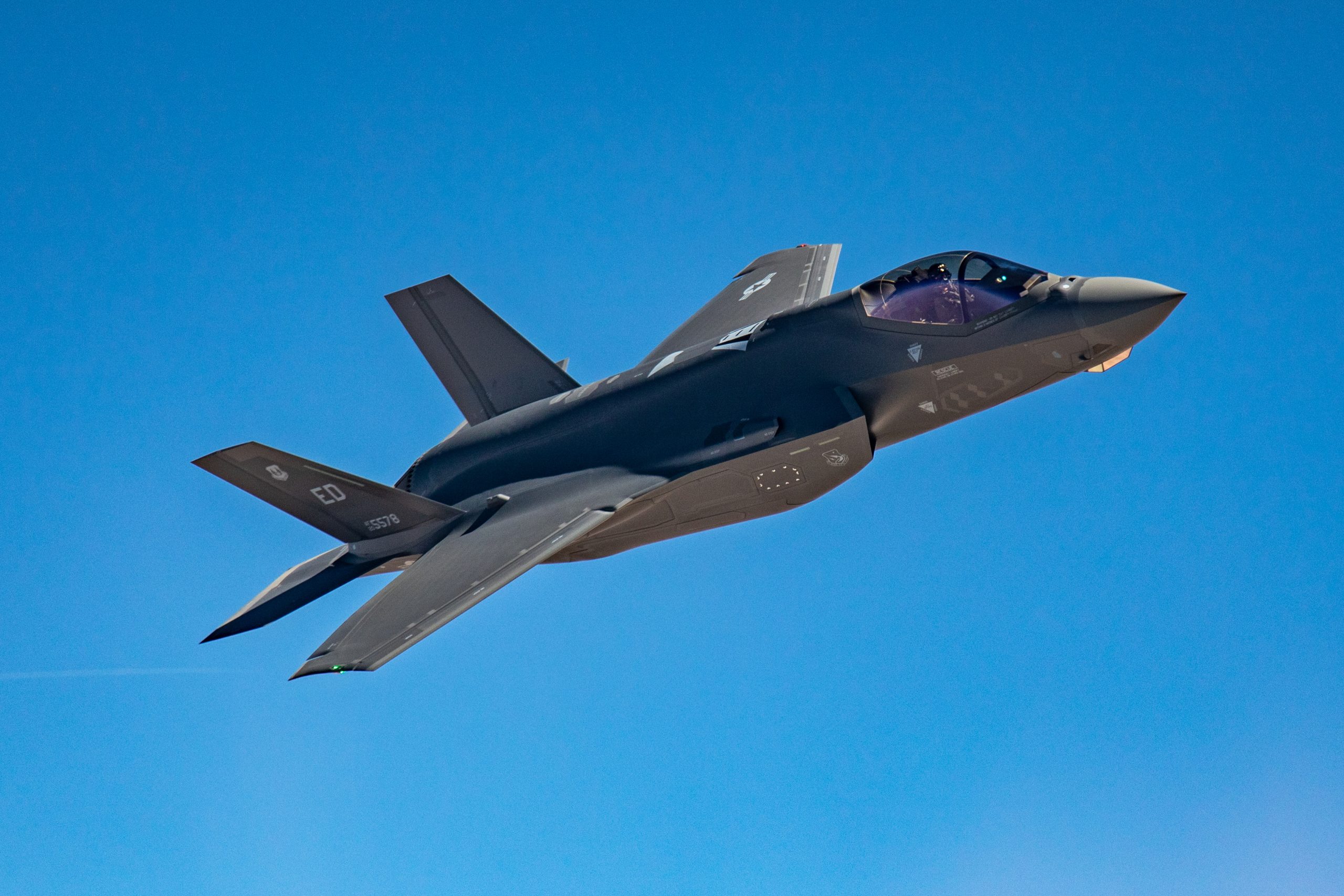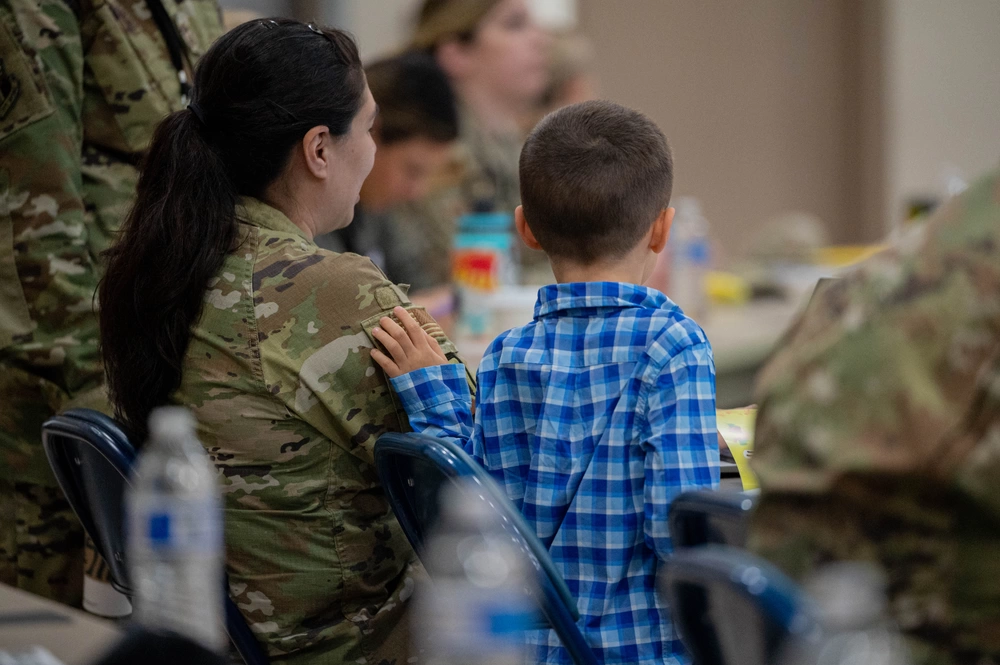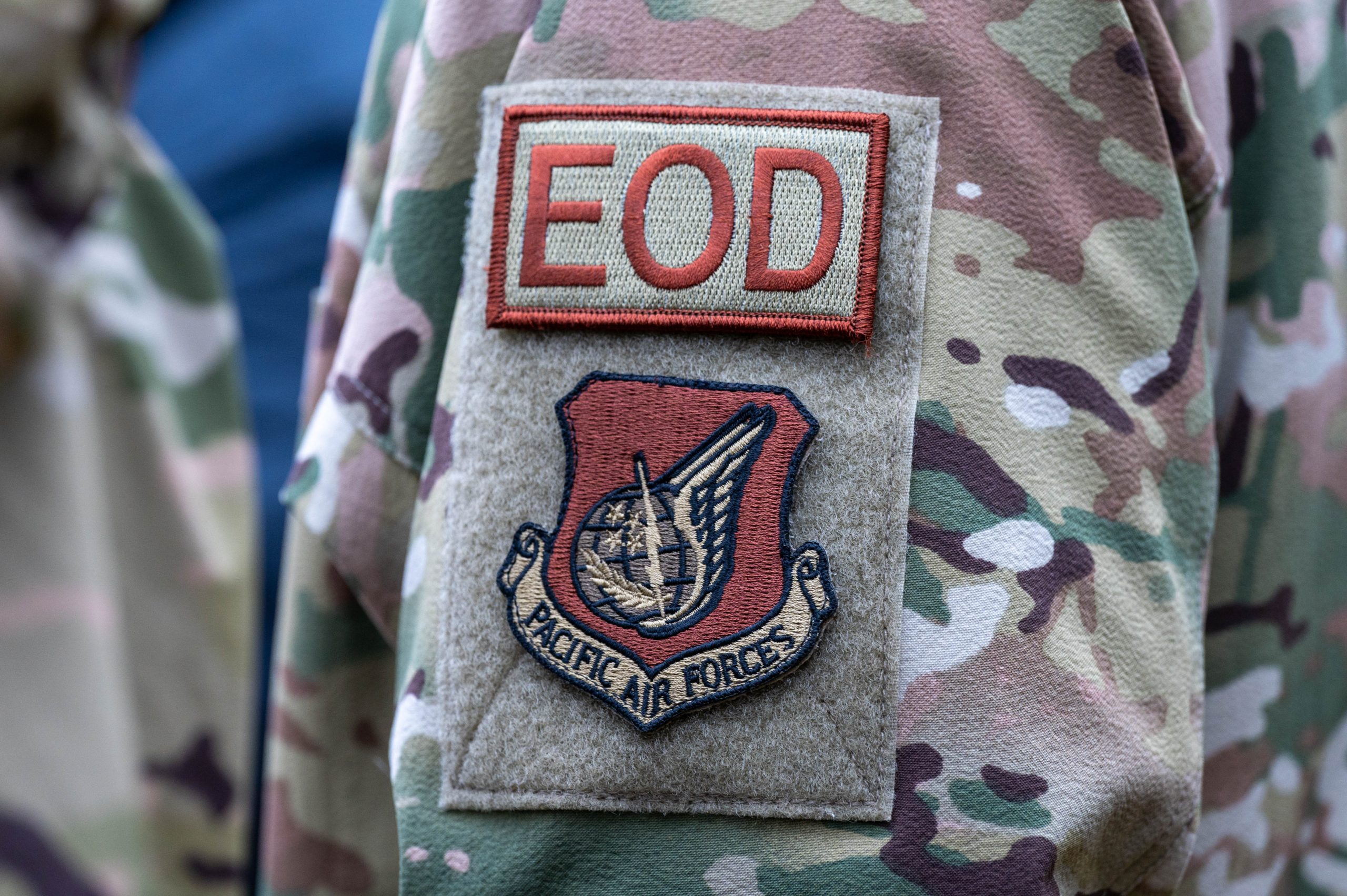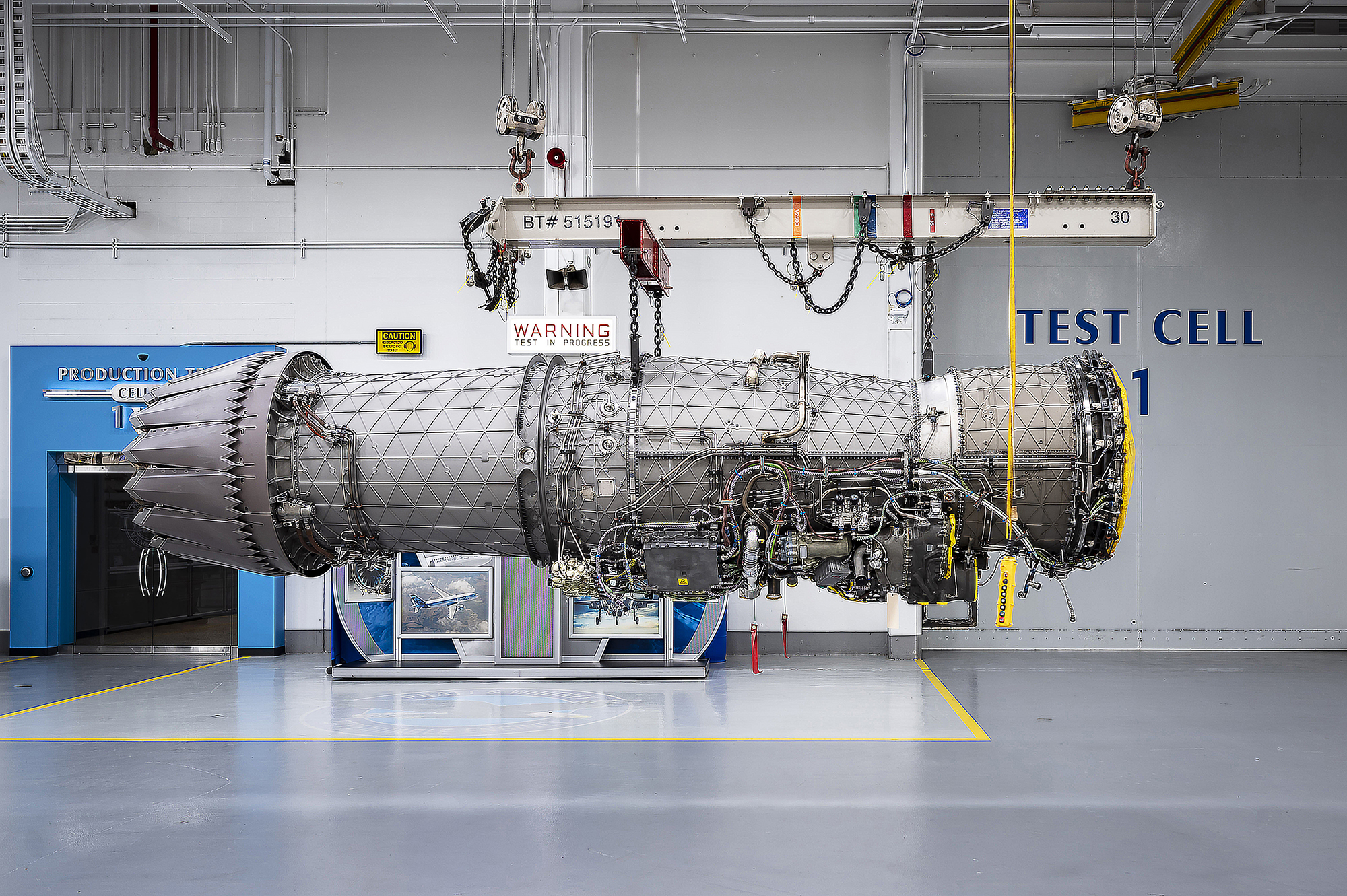The Air Force has not found a higher death rate from cancer among missileers and other service members who served decades ago near America’s nuclear-tipped intercontinental ballistic missiles, service officials said Jan. 30.
“Basically, for all mortality calculations, cancer rates were lower or similar [in] the missile community versus their comparison group,” said Col. Richard O. Speakman, a medical doctor who commands the U.S. Air Force School of Aerospace Medicine. USAFSAM leads the comprehensive Missile Community Cancer Study that has been going for nearly two years now.
In a Jan. 27 memorandum, Speakman noted that missile community’s overall cancer mortality rate was lower than the general U.S. population. It was also lower for non-Hodgkin lymphoma, lung and bronchus, prostate, and colon and rectum cancers.
“The overall distribution of cancer deaths were similar between the missile community and the non-missile community, with lung and bronchus cancers accounting for the highest number of cancer deaths in both, followed by colon and rectum cancer deaths, and then pancreatic cancer deaths,” Speakman added Jan. 30 during a virtual town hall for members of the missile community, to which Air & Space Forces Magazine was granted access.
All told, the Air Force found a “significantly lower cancer mortality rate in the missile community compared to the non-missile community. This trend was consistent with both males and females,” he said.
The overall epidemiology study covers former and current missile community members and other service members who served from 1976-2010. That time frame was chosen because the Air Force wanted a “10-year follow-up period” after a possible exposure to ensure that it would not miss cancers that developed slowly. In preparing the study, the Air Force consulted with the National Institutes of Health and the National Cancer Institute.
For years, the Air Force dismissed concerns related to health issues among missileers and other career fields that help maintain and guard America’s ICBMs. Some elements of the current Minuteman III infrastructure date back to the 1960s, when maintaining the U.S. nuclear readiness during the Cold War was the chief concern and there were far fewer workplace protections.
But in early 2023, Air Force Global Strike Command began to investigate the health concerns following reports that cases of non-Hodgkin Lymphoma, a blood cancer, might be on the rise at Malmstrom Air Force Base, Mont.
Gen. Thomas A. Bussiere, who leads the command, later ordered that the investigation, which is formally known as the Missile Community Cancer Study, be expanded to cover environmental and epidemiological factors.
Bussiere, who was diagnosed with cancer as a mid-level officer flying fighter jets, has pledged to take a comprehensive approach and has been clear he feels previous Air Force studies of ICBM health concerns in 2001 and 2005 were unsatisfactory and incomplete.
The latest assessment is formally known as Phase 1C and updates the ongoing Missile Community Cancer Study investigation. Focusing on cancer mortality, it reported that members of the missile community did not have a higher rate of mortality from cancer compared to the broader U.S. population and other former service members when adjusted for age, race, gender, and rank across 14 common cancers.
Phase 1C only dates back to 1979, officials said, because the National Death Index, a government database that is used to inform medical studies, does not cover earlier years.
Phase 1C is not the last word on the problem. The Air Force will now focus on Phase 2 of the epidemiological study, which will pool data from state government cancer registries.
“Phase 2 will provide significant, larger numbers, so that will help us have a more wholesome understanding of the exposure for the missile community operators that have served at least from the database, from ’79 to 2020.” Bussiere said. “In my mind, just as important is that we’ve institutionalized a mechanism to document exposure across the fabric of the decades so that members that retire or separate can have that readily available if needed for the appropriate services from the Veterans Administration.”
Speakman said the Phase 2 study will gather two to three times more data, although some of the information may overlap. That data is projected to be available in December 2025, added Col. Gregory A. Coleman, Air Force Global Strike Command’s surgeon general.
The ongoing work represents a steady expansion of earlier efforts. In February 2024, the Air Force Phase 1A study drew data from Department of Defense electronic medical records dating back to 2001, capturing those who were diagnosed with cancer through the Military Health System (MHS), including through the Tricare health insurance program.
The Phase 1B study, released in October, was expanded to include data from the Department of Veteran Affairs electronic medical records and both the Department of Defense and Department of Veteran Affairs’ cancer registries, going back as far as 1976, according to the Air Force.
The Missile Community Cancer Study also include an environmental review at the three active Minuteman III ICBM bases—Malmstrom Air Force Base; F.E. Warren Air Force Base, Wyo; and Minot Air Force Base, N.D.—and ICBM facilities used to test missiles at Vandenberg Space Force Base, Calif.

Over 8,400 samples have been collected, and the Air Force is using that information to develop a comprehensive health risk assessment.
Coleman, AFGSC’s surgeon general, said this review should be available this spring.
“We’re not done, but we continue to move forward deliberately in this process,” said Bussiere.
“A full, comprehensive epidemiological study should include both the incidence and the mortality together,” Speakman said. “These measures of disease provide a more full picture of cancer trends, public health impact, and areas where intervention might be needed. While we are focusing on the cancer mortality today, we will return to cancer incidence during Phase Two of this Missile Community Cancer Study.”
“The congressional interest and support for this effort has not waned. It’s actually increased,” Bussiere said. He added that the new Acting Air Force Secretary Gary Ashworth also asked for an update on the study.
